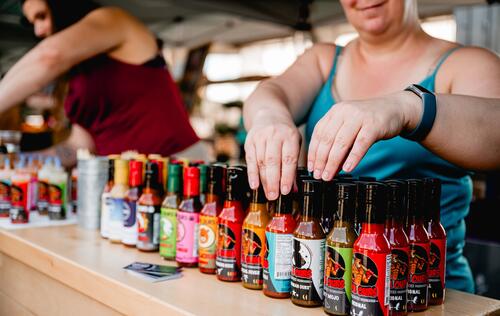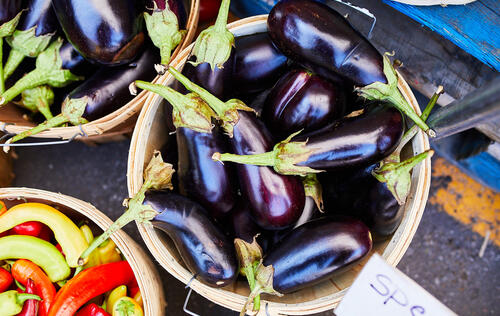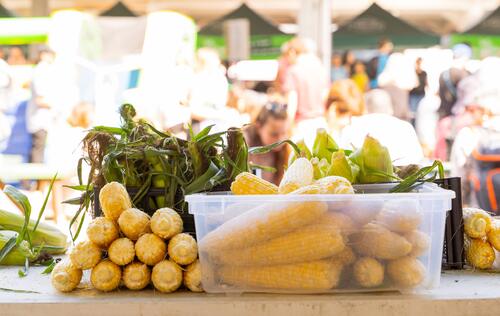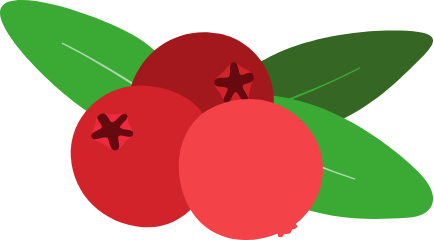Snow crab season is finally here!
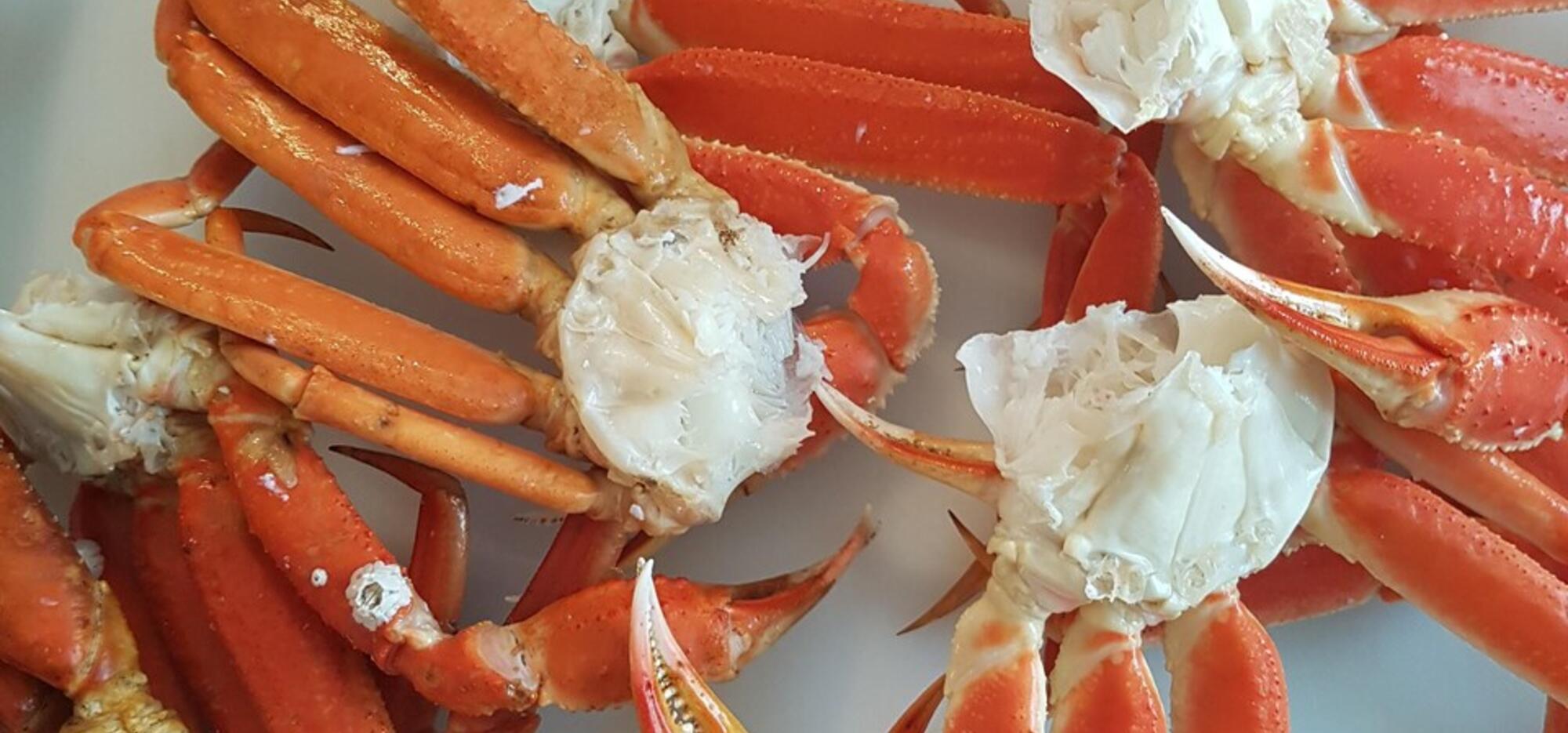
There are more than 7,000 crab species – compared to only 4,500 mammal species – but there’s only one snow crab. You can recognize it by its enormous size and its five long, substantial legs full of firm, lean, delicate meat. It is the star crustacean of the spring season, and foodies go wild for it! Here’s everything you need to know about this local seafood delicacy, starting with the fact that the fishmongers at Montreal’s public markets all guarantee its provenance, quality and freshness.
In Quebec, we eat a little less snow crab than lobster, but it’s highly prized abroad, where 80% of the catch is shipped. So, it’s understandable that the price of snow crab is set by the global market. A dozen years ago it was about $16/lb, and it has more than doubled since then.
Does that put a damper on our enthusiasm? Not at all! Jean-Sébastien Bernard of Poissonnerie Atwater, a market institution for more than 40 years, confirmed that his store has seen massive demand for snow crab since mid-March. Christian Servant, a native Gaspésien and owner of Les Délices de la mer at Jean-Talon Market, says the traditional love of snow crab borders on the religious! “Since I was a kid, I’ve seen people lining up to buy snow crabs at the start of the season. It’s easy to see that they’re very, very eager to get some of the first crabs!”. You can also find them at Maisonneuve Market at Poissonnerie La Mer. Don’t hesitate to get in touch with your favourite merchants to place your orders or come and pick them up on the spot!
Where does our crab come from, exactly?
Snow crabs are plentiful on our coasts, and the ones that make their way to our tables are fished using traps that sit in the deep, cold waters of the Estuary and Gulf of St. Lawrence. That area includes Quebec (more precisely Gaspé since the 1960s), Cape Breton and Newfoundland & Labrador. Collectively these zones make Canada the world’s leading producer and exporter of snow crabs, with 2/3 of the global catch. The remainder comes from Alaska and Russia.
When is crab season?
Snow crabs are caught from April to November, but the crustaceans are at their best in the first weeks of the season, usually from April to June (this year, the season opened on March 23). “After that, it moults such that there’s less meat in the legs, and the flavour is not as good,” says Mr. Bernard, who also tells us that snow crabs must not be caught before temperatures are above freezing, otherwise the crab’s legs freeze and break off. He also notes that we only eat the males, since the females are much smaller.
How do you keep crab fresh?
Although the industry specifies three sizes of crabs – from L (4 to 8 ounces) for the smallest to LLL (more than 12 ounces) for the largest – each fishmonger has their preferences. Mr. Bernard looks for the biggest crabs, which have the best meat and are easier to shell. Mr. Servant, for his part, prefers routine: each morning he cooks crabs for sale the same day.
The two fishmongers insist that it’s essential to pay close attention to the crustacean’s freshness. For example, a snow crab must not spend more than 48 hours out of the water before being cooked; otherwise, there is a risk of toxins forming. So, if you don’t know a crab’s catch date, make sure it responds when you touch it, if buying it live. Cooked crab should be bright orange and have a mild sea aroma. Lastly, frozen crab should have no signs of freezer burn or accumulations of ice.
Alive or cooked?
You can buy live snow crab, cooked crab in sections or meat, or frozen crab out of season. Unlike lobster, it does not need to be disgorged before cooking. As Mr. Servant explains, “it’s best to cook it whole in salted boiling water for about 14 minutes, even if we only eat certain parts.”
Shelling a crab: easy or not?
That is THE question that preoccupies many of us – we’re afraid of having to struggle with shells. Don’t worry! Snow crab is much easier to shell than lobster. “All you need is a pair of kitchen shears or a knife,” Mr. Bernard notes. “The claws can be cut with the shears, then you just make an incision along the other segments to get at the meat.” The meat can then be scooped out with a lobster fork or the handle of a spoon.
How do you cook snow crab?
Purists are firm: if your snow crab is fresh, it’s best to enjoy it unadorned. “It’s a crustacean with such delicate flesh that personally I always eat it cold, like my fellow Gaspésiens do,” says Mr. Servant.
Mr. Bernard is of the same opinion, but he usually serves his crab with his favourite mayonnaise-based sauce. “I make a ‘South Beach’-style sauce with 2 cups of mayonnaise, ½ cup of Dijon mustard, ½ cup of HP sauce, a few drops of Worcestershire sauce and a little lemon juice. It’s delicious with snow crab, I guarantee it!” he says.
If you want to mix things up a bit, you can also make crab rolls, crab cakes, salads or club sandwiches. Chef Daniel Vézina suggests stuffing grapefruits. It can also be cooked in court bouillon, served with beurre blanc and asparagus and even included in cocktails by replacing the celery stalk in a Bloody Mary with a crab leg.
All that’s left for you to do is enjoy snow crab season!
